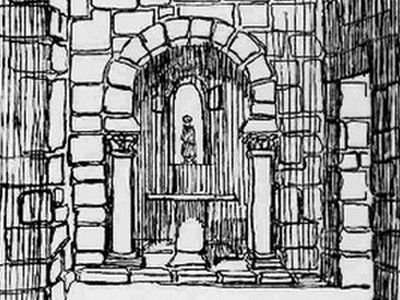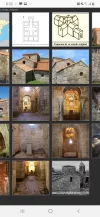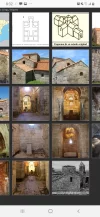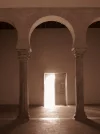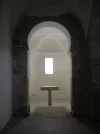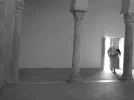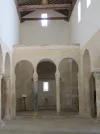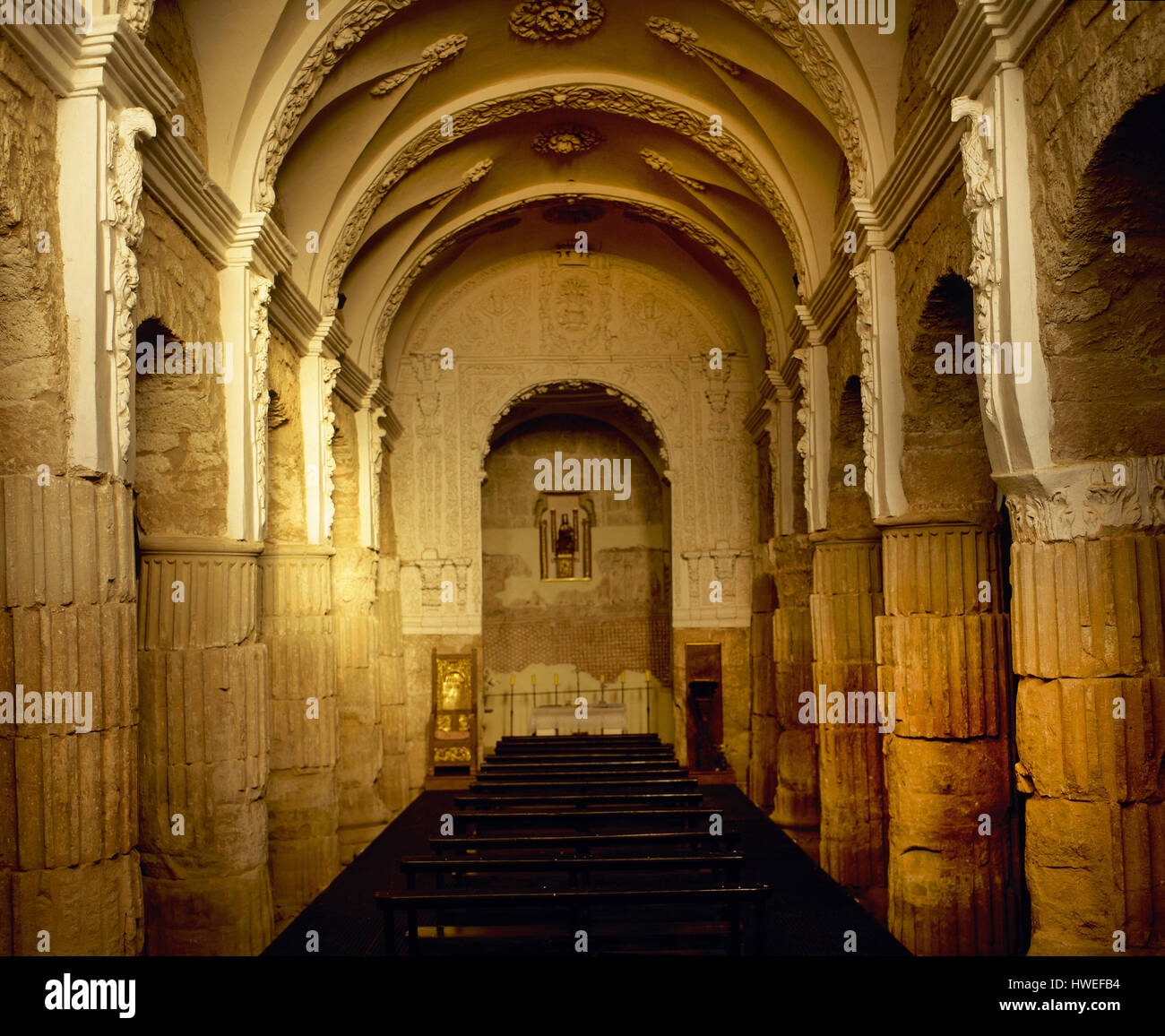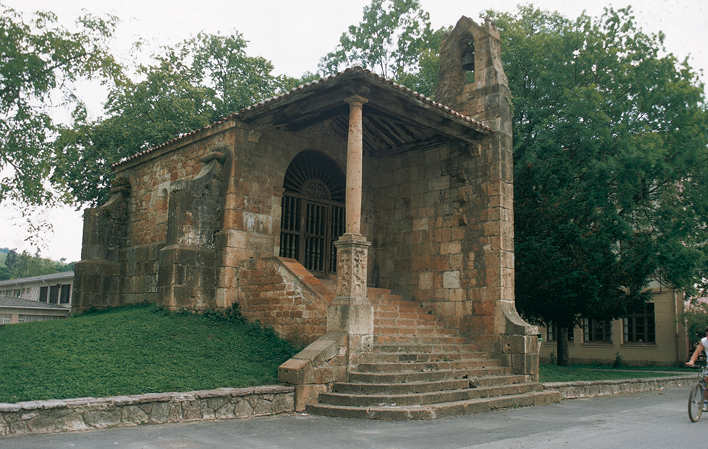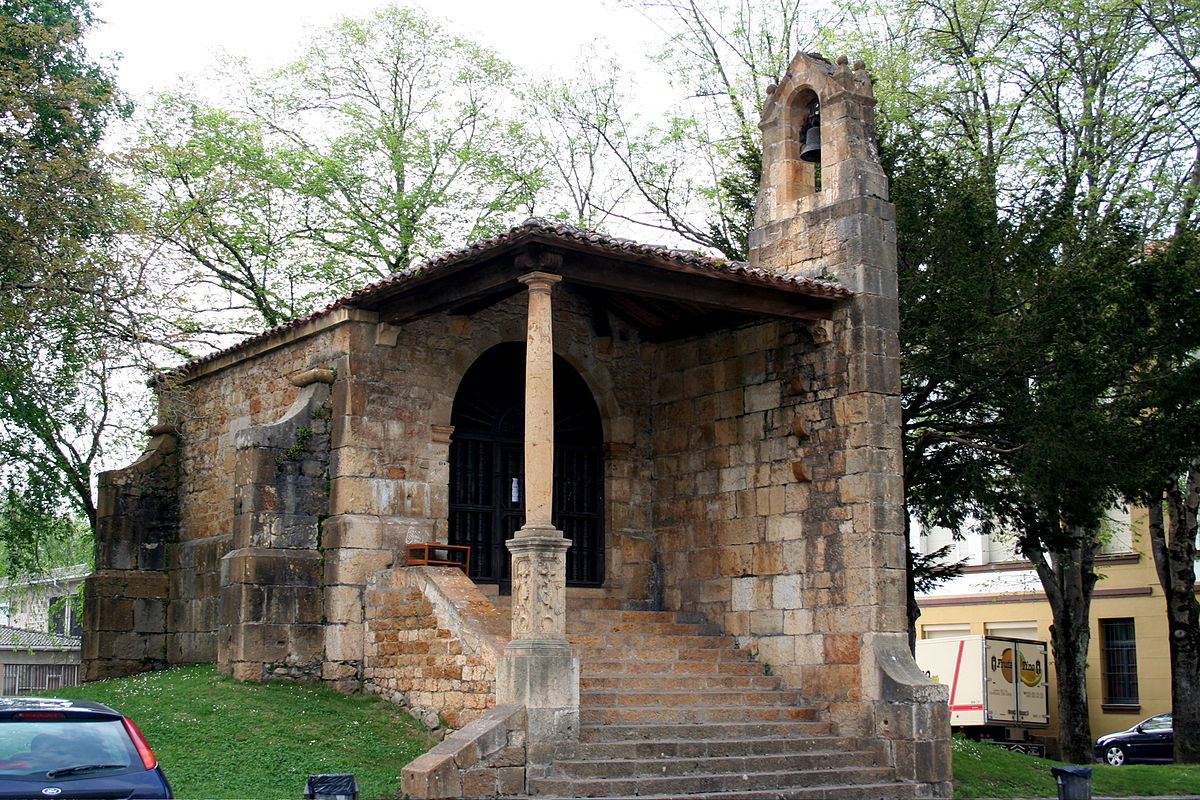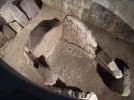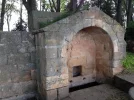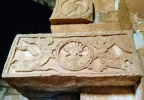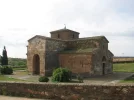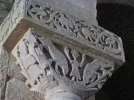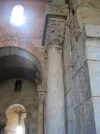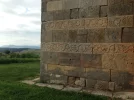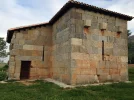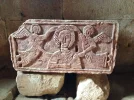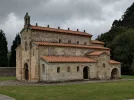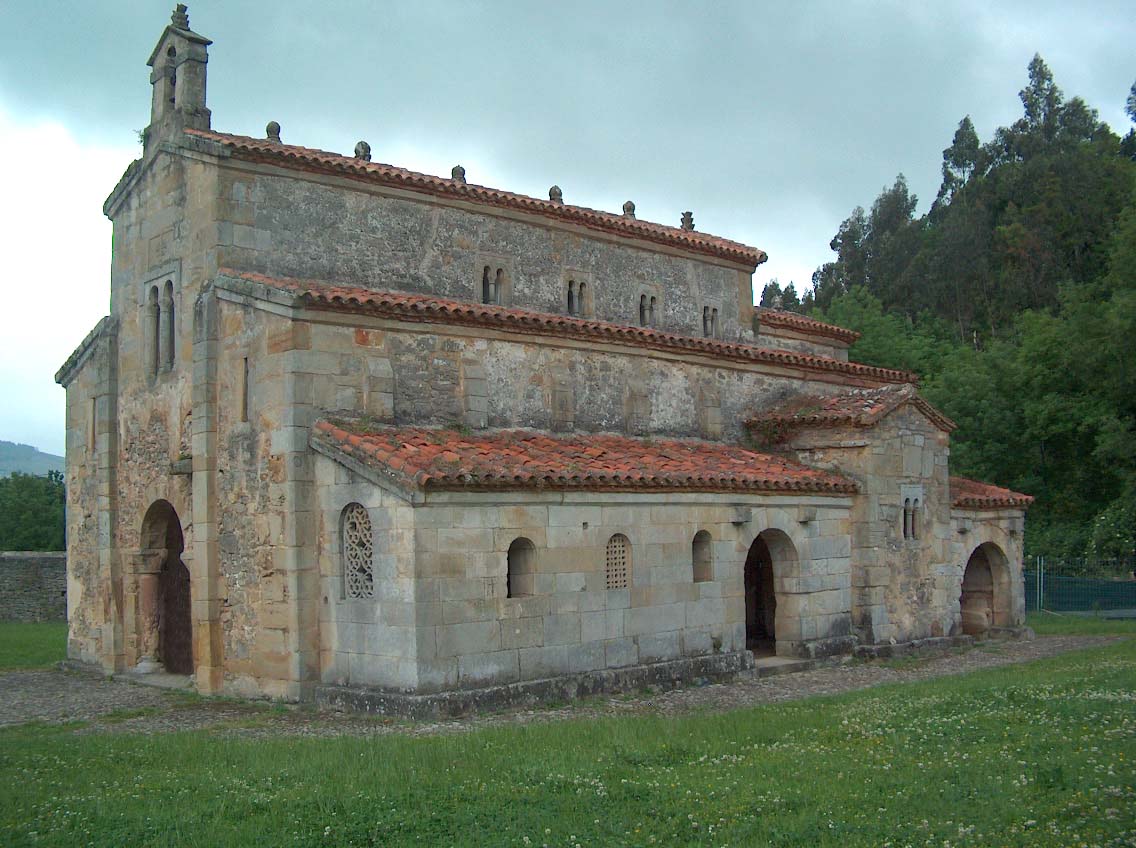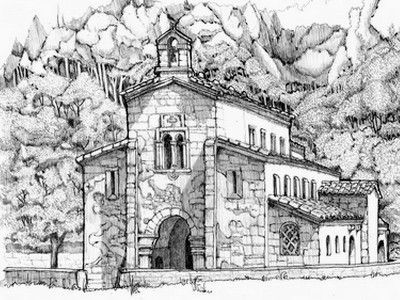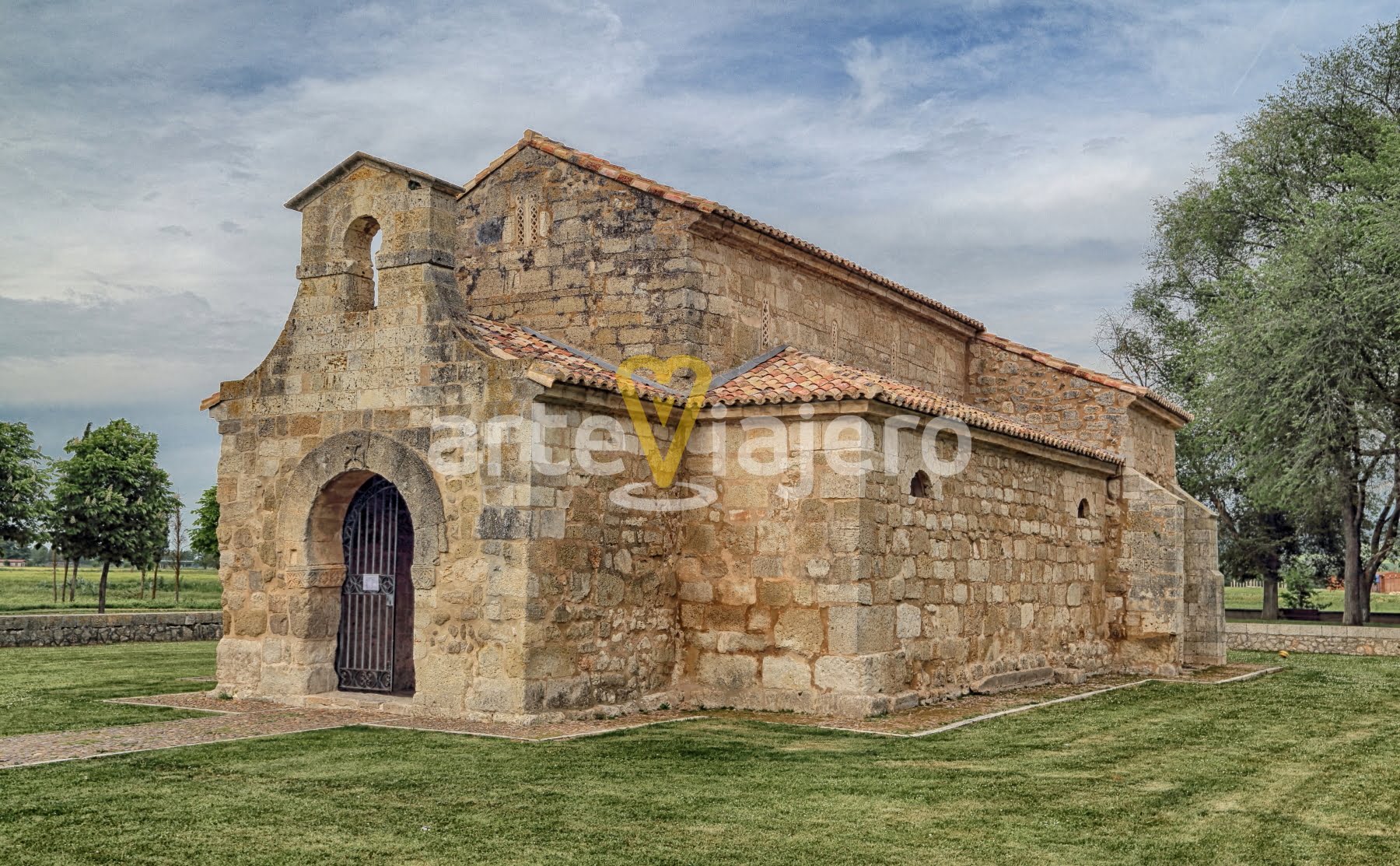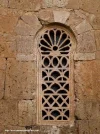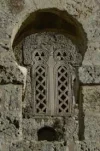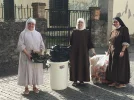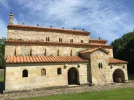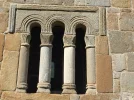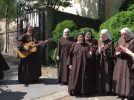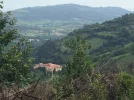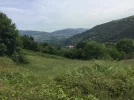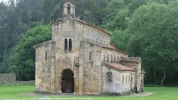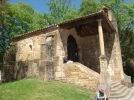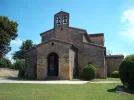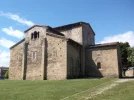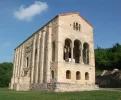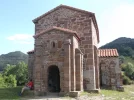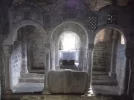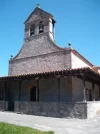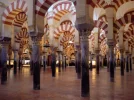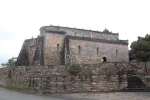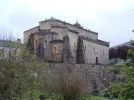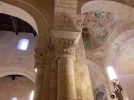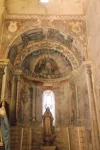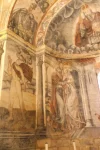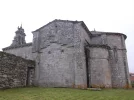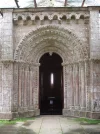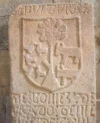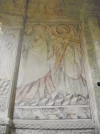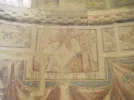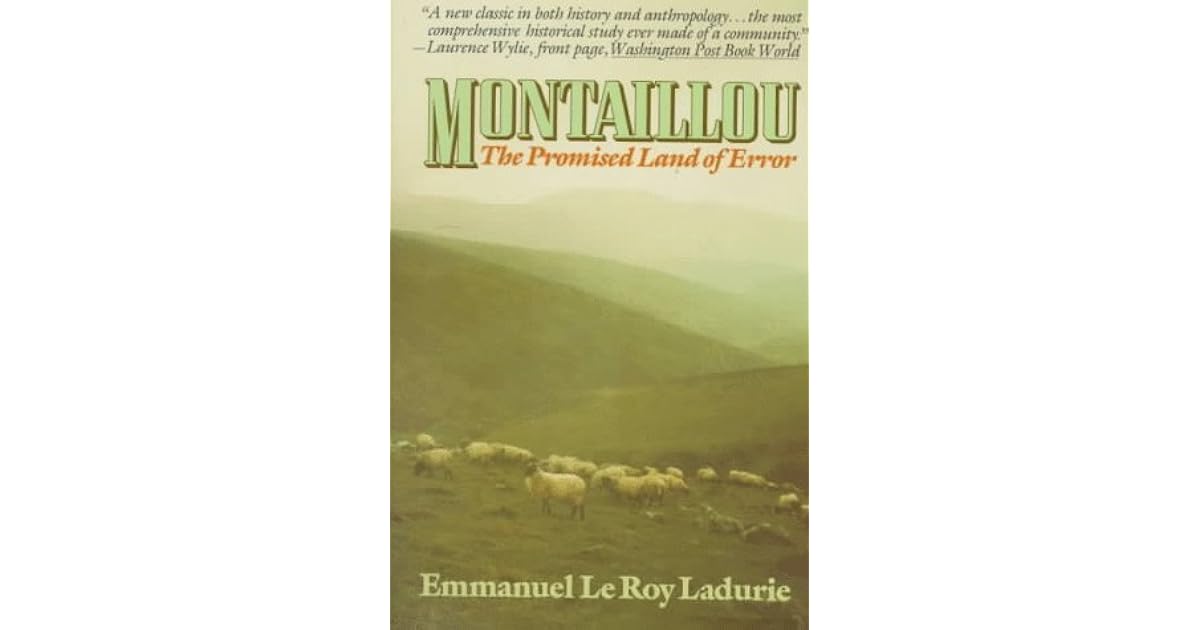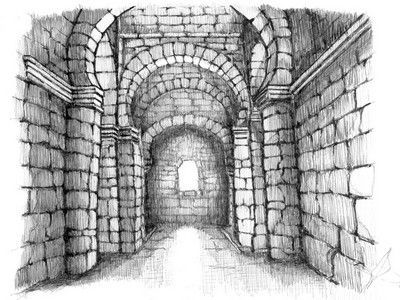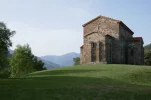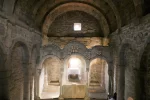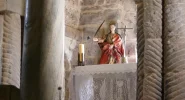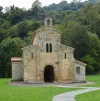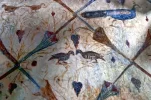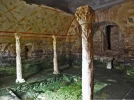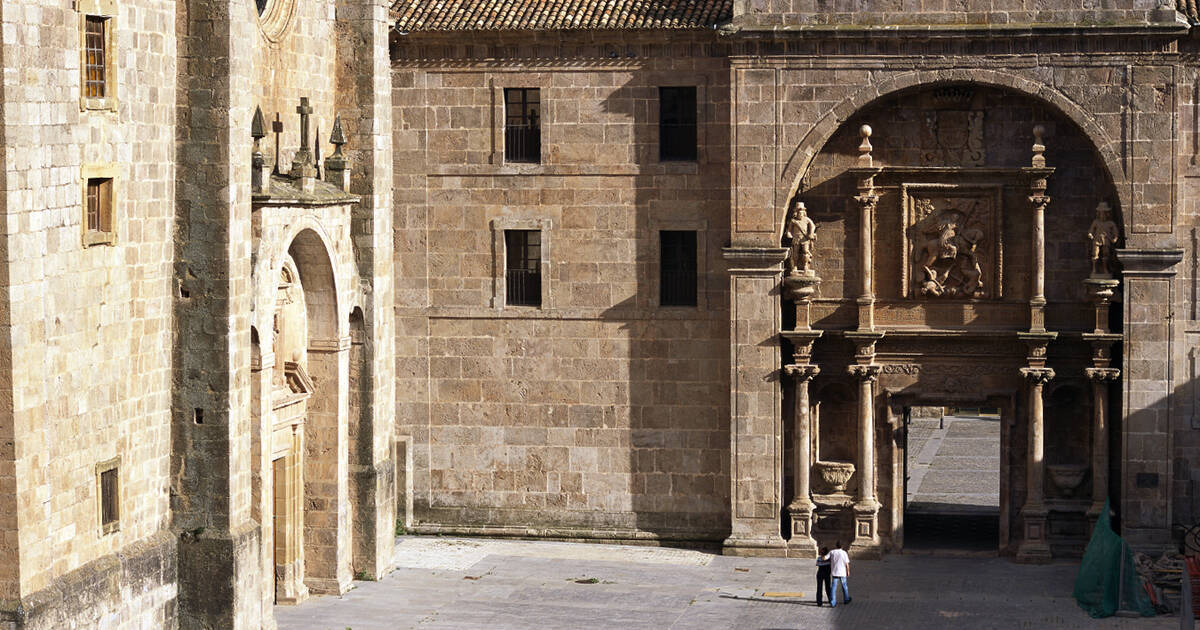- Time of past OR future Camino
- Various 2014-19
Via Monastica 2022
Primitivo 2024
Looking around online for some information about a virtual Camino de las Asturias, I stumbled across this beautiful article that describes some of the oldest churches in Spain, in detail and with photographs.
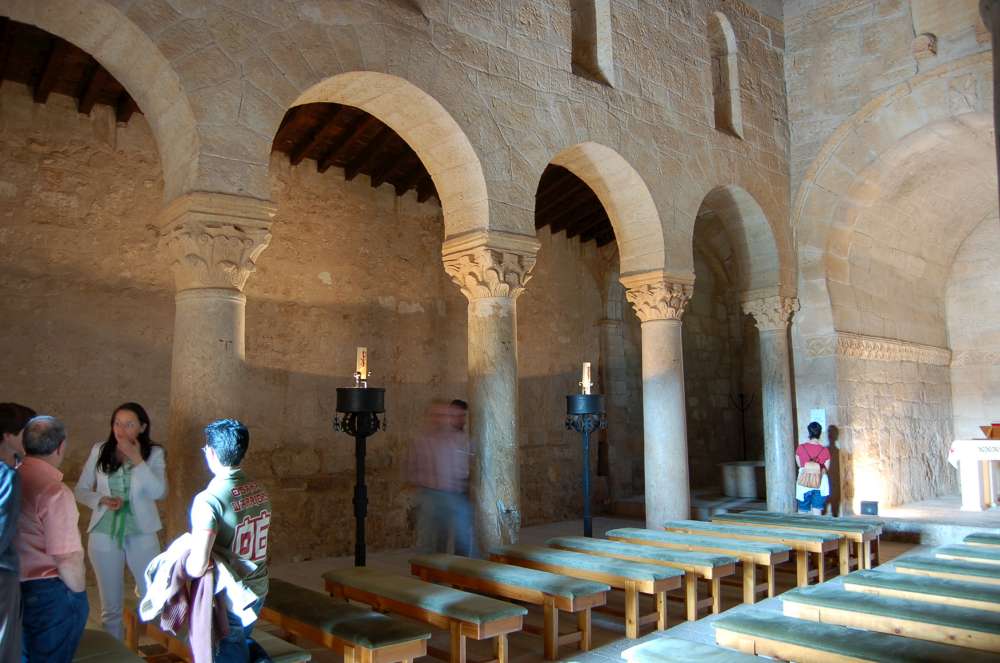
 orthodoxartsjournal.org
orthodoxartsjournal.org
Then, as one does, I went down a deep rabbit hole, reading of the few churches that remain from the time before the Conquista. It is fascinating, and tantalizing. These churches are essentially Byzantine, late Roman - called Visigothic as a nod to the Visigoths, the people who had come to rule after the last remnants of the Roman Empire unraveled in Iberia.
Here are some of the more significant rabbit holes, for your enjoyment:
This shows the various churches in Asturias that are recognized by UNESCO, a surprising number.
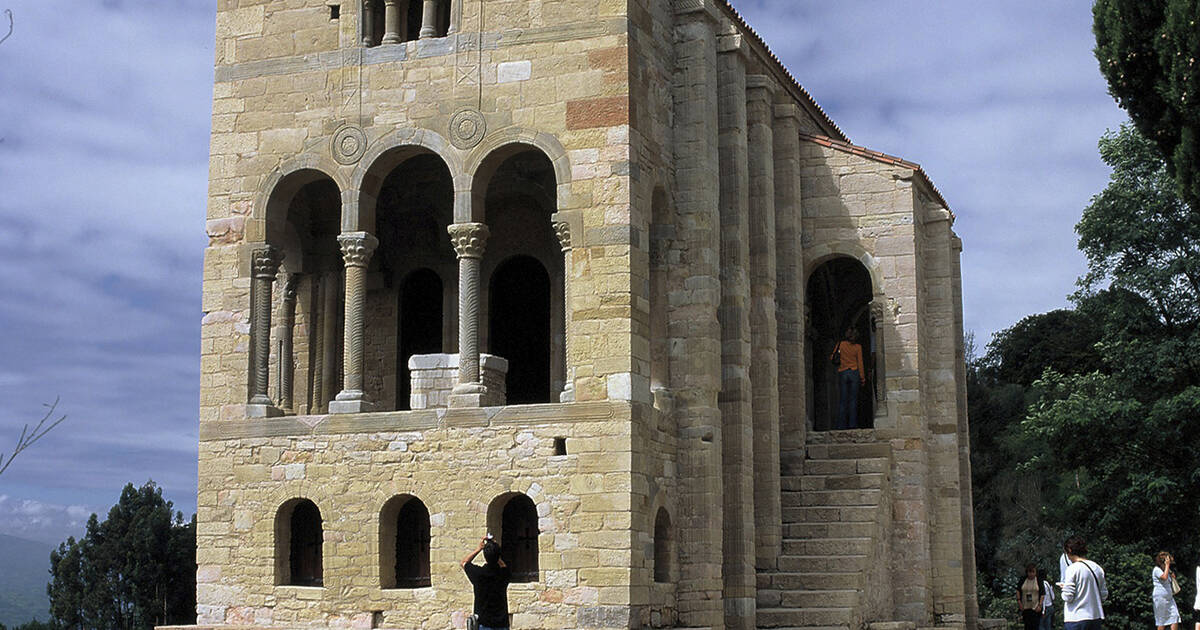
 whc.unesco.org
whc.unesco.org
These other two sites are more general:
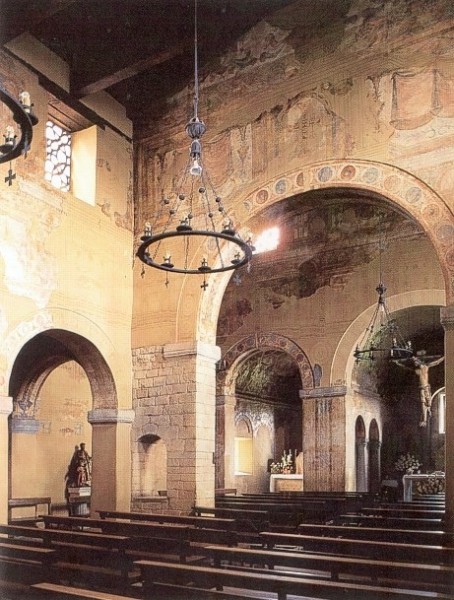
 en.wikipedia.org
en.wikipedia.org

 www.turismoasturias.es
www.turismoasturias.es
The churches the Visigoth kings built predate the Camino itself and are our windows into a deep past, very precious links to ages that we can only glimse from afar. Only a handful of Visigothic churches are left in Spain — most were lost in the Conquista or to later renovations. Much of what remains are in the far North., and many have UNESCO recognition. They are beautiful in a totally different way than we are used to seeing with Romanesque and Gothic architecture.
In Asturias, and around Oviedo in particular, you could easily spend a day or two visiting the several Visigthic churches. So heads-up if you are walking the Primativo or San Salvador. At the very least do not miss to visit San Julian in Oviedo; the Wikipedia article says this:
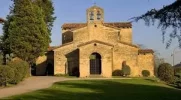
From http://www.spainisculture.com/en/monumentos/asturias/iglesia_de_san_julian_de_los_prados.html
San Tirso is also central, right beside the Cathedral of Oviedo.
About a km North of Oviedo is Santa Maria del Naranco (Left, below), built as a palace in 848, and repurposed later to be used as a church. Santa Cristina de Lena (Right below), about 25 km south of Oviedo and a very short way off the Camino San Salvador, was built adjacent to the Roman road joining the Messta with Asturias. If you walk right by you are missing a jewel!
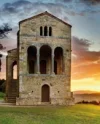
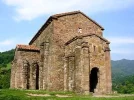
L: From https://www.turismoasturias.es/docu...b-305c-4bfc-b6ac-a1687fb2af4a?t=1389204123847
R: From https://upload.wikimedia.org/wikipe..._de_Lena.jpg/330px-Santa_Cristina_de_Lena.jpg
The UNESCO report highlights the importance of the remarkable preservation of two of these buildings:
Asturias has most but not all of these churches.
A few days walk from Burgos, on the Camino San Olav, is Santa Maria de Lara. It is a tantalizing fragment of the original structure, with beautiful very natural carvings visible on the outside. The inside is also said to be special but it was closed when I went there a good Friday.
View media item 4874
Santa Lucía del Trampal is much farther to the south on the VdlP, a short detour between Aljucen and Alcuéscar.
If there is one lesson from this rabbit hole, it is the benefit of reading a bit before heading off on any camino. It would be all too easy to waltz right past these remarkable ghosts of the past, oblivious to their importance.
Buen camino when we can, amigx!

The Ancient Churches of Spain
I would like to call attention to some of the ancient churches of Western Europe which predate the Great Schism. These churches offer a glimpse of Western Orthodoxy as it once was, and as such, off…
Then, as one does, I went down a deep rabbit hole, reading of the few churches that remain from the time before the Conquista. It is fascinating, and tantalizing. These churches are essentially Byzantine, late Roman - called Visigothic as a nod to the Visigoths, the people who had come to rule after the last remnants of the Roman Empire unraveled in Iberia.
Here are some of the more significant rabbit holes, for your enjoyment:
This shows the various churches in Asturias that are recognized by UNESCO, a surprising number.

Monuments of Oviedo and the Kingdom of the Asturias
In the 9th century the flame of Christianity was kept alive in the Iberian peninsula in the tiny Kingdom of the Asturias. Here an innovative pre-Romanesque architectural style was created that was to play a ...
These other two sites are more general:

Asturian architecture - Wikipedia
 en.wikipedia.org
en.wikipedia.org

Culture in Asturias. Asturian pre-Romanesque art.
Pre-Romanesque Art came about with the Asturian Monarchy beginning in the 9th century. Nowadays, some examples of this unique art are still preserved.
The churches the Visigoth kings built predate the Camino itself and are our windows into a deep past, very precious links to ages that we can only glimse from afar. Only a handful of Visigothic churches are left in Spain — most were lost in the Conquista or to later renovations. Much of what remains are in the far North., and many have UNESCO recognition. They are beautiful in a totally different way than we are used to seeing with Romanesque and Gothic architecture.
In Asturias, and around Oviedo in particular, you could easily spend a day or two visiting the several Visigthic churches. So heads-up if you are walking the Primativo or San Salvador. At the very least do not miss to visit San Julian in Oviedo; the Wikipedia article says this:
The earliest and grandest is the church of San Julian de los Prados, built c. 830 in the Asturian capital, Oviedo.

From http://www.spainisculture.com/en/monumentos/asturias/iglesia_de_san_julian_de_los_prados.html
San Tirso is also central, right beside the Cathedral of Oviedo.
About a km North of Oviedo is Santa Maria del Naranco (Left, below), built as a palace in 848, and repurposed later to be used as a church. Santa Cristina de Lena (Right below), about 25 km south of Oviedo and a very short way off the Camino San Salvador, was built adjacent to the Roman road joining the Messta with Asturias. If you walk right by you are missing a jewel!


L: From https://www.turismoasturias.es/docu...b-305c-4bfc-b6ac-a1687fb2af4a?t=1389204123847
R: From https://upload.wikimedia.org/wikipe..._de_Lena.jpg/330px-Santa_Cristina_de_Lena.jpg
The UNESCO report highlights the importance of the remarkable preservation of two of these buildings:
[In]San Julian de los Prados and Santa Maria de Naranco Churches, the constructions are conserved in their entirety and original state, with the exception of ad hoc transformations or modifications over time.
Asturias has most but not all of these churches.
A few days walk from Burgos, on the Camino San Olav, is Santa Maria de Lara. It is a tantalizing fragment of the original structure, with beautiful very natural carvings visible on the outside. The inside is also said to be special but it was closed when I went there a good Friday.
View media item 4874
Santa Lucía del Trampal is much farther to the south on the VdlP, a short detour between Aljucen and Alcuéscar.
it's possible to visit the basilica on the way to Alcuéscar. You turn right on agricultural tracks shortly after the Cruz del Niño Muerto, about 16km from Aljucén, and head across wooden country to the basilica. The path on to Alcuéscar is well marked and easy. The detour adds about 1km to the day, and if you're starting from Aljucén it would be easy to get there while the interior of the church is open (until 2pm, or after 4 or 5pm if coming from Mérida).
It's an astonishingly lovely simple church, and thinking that it survived from before the moorish occupation makes it very special. The setting is serenely lovely as well, with warm springs nearby, and rolling dehesa around it. There is evidence that it was a sacred site before the Romans arrived in Spain.
If there is one lesson from this rabbit hole, it is the benefit of reading a bit before heading off on any camino. It would be all too easy to waltz right past these remarkable ghosts of the past, oblivious to their importance.
Buen camino when we can, amigx!





